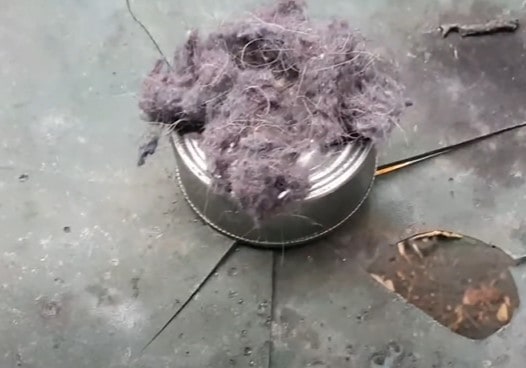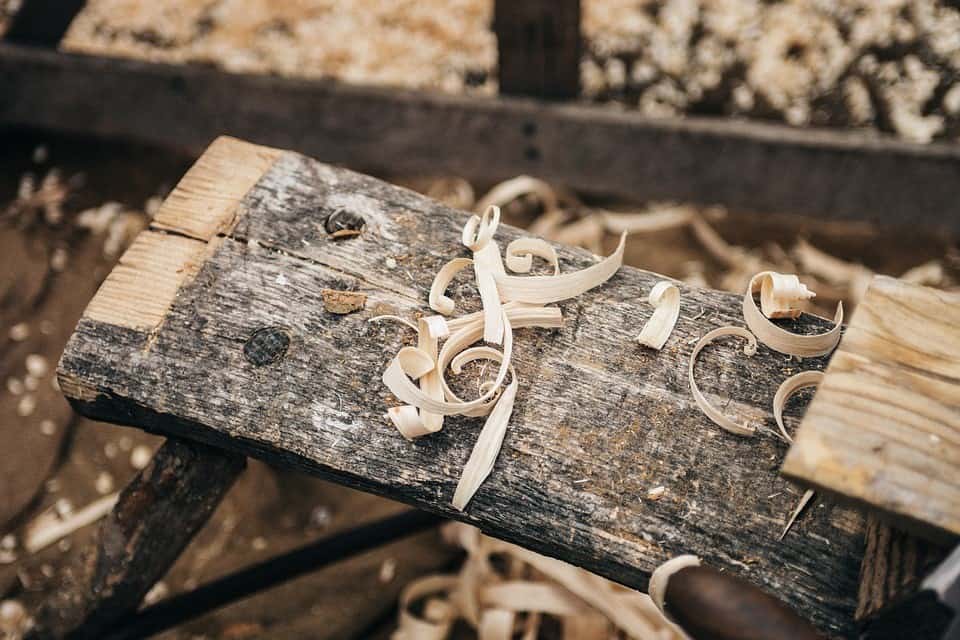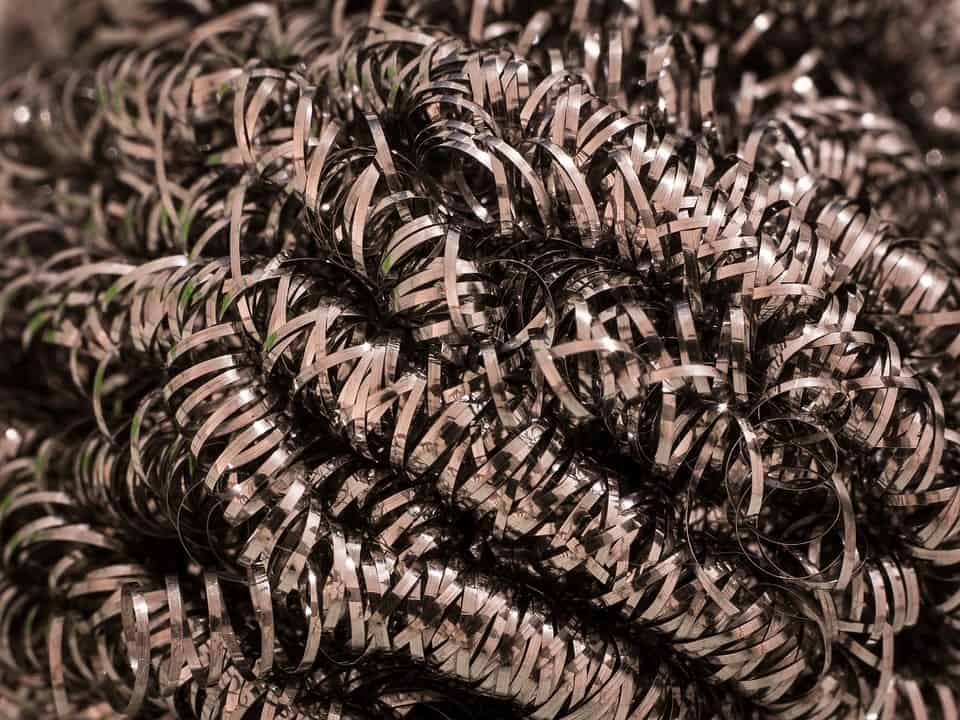Fires are a bit more complicated to set than most people expect, and goes beyond simply igniting a pile of logs. They require tinder to burn, kindling to sustain the flames, and firewood to make it last. Kindling and firewood can usually be procured with used with minimal differences, but the quality of tinder greatly determines how smoothly the process goes.
The most important property of homemade tinder is how quickly and cleanly they ignite. Homemade tinder can be made from an abundance of materials like pencil and unused tampons. Some of the better options include dryer lint, cotton balls dipped in petroleum jelly, bark shavings, and shredded paper.
Dry grass and other natural tinder can be used for short notice, but minor preparations can expedite the process greatly. The following make for effective choices of tinder material.
How to Make Homemade Tinder
Dryer Lint

Lint can be collected very easily – even checking your pockets could produce some usable tinder in a pinch. Production relies on using drying machines. If you’re planning on simpler drying methods (e.g., hanging) dryer lint may not be the tinder of choice beyond some lucky scrounging in your pockets.
If lint is the way to go, storing them in Ziploc bags is perfectly fine. Toilet paper cores can also be used alongside dryer lint to make an ad-hoc Firestarter kit.
Petroleum Jelly in Cotton Balls
This can be taken another step further by coating the kneaded cotton with wax, giving this homemade tinder the unique advantage of waterproofing. The solid, weather-proofed material also happens to make storage a more convenient affair.
When burning the cotton tinder, you need to break past the waxy outer layer. Simply unfurl the cotton, then ignite it. The fluffier the cotton, the better it’ll burn.
Wood Shavings

As far as tinder goes, wood shavings are one of the most accessible materials to find. Dead branches, kindling, and firewood can be converted with a good shaving knife and time.
Most types of wood shavings can be used with no issue. That said, cedar and birch are among the best tinder material. Cedar shavings are relatively fibrous and stringy, while birch shredding have a strong resemblance to paper.
Leftover sawdust can be used as well, if available. In a pinch, pencil sharpeners can also be used to produce enough shavings for tinder.
A notable drawback of wood shavings is their labor intensiveness compared to the other means. If you don’t already own a workshop producing shavings naturally, this method would prove to be very inefficient – not to mention exhausting.
Paper
Paper scraps burn cleanly, and can be gathered from old materials like newspapers, old work documents, and calendars. With the quantity of wastepaper available, using scraps and sheets for tinder lets you recycle them easily.
Not all paper can be used for these purposes. Avoid using coated or laminated paper, as these don’t burn well. The plastic used can smell noxious, and some components, when ignited, could prove harmful to users and the environment.
Steel Wool

Steel wool can be ignited by rubbing a battery (9V) on the fibers. Sparks should flicker very quickly after contact, making for excellent homemade tinder.
Store the wool away from batteries and other points of ignition, as it catches fire very quickly.
Final Thoughts
Make sure to store all homemade tinder properly – most of them aren’t waterproof, and are susceptible to combustion with little prompting. Fire needs oxygen to maintain, so store them away in airtight containers. Preparing your own tinder is much more convenient than scrounging for different material on-site.

